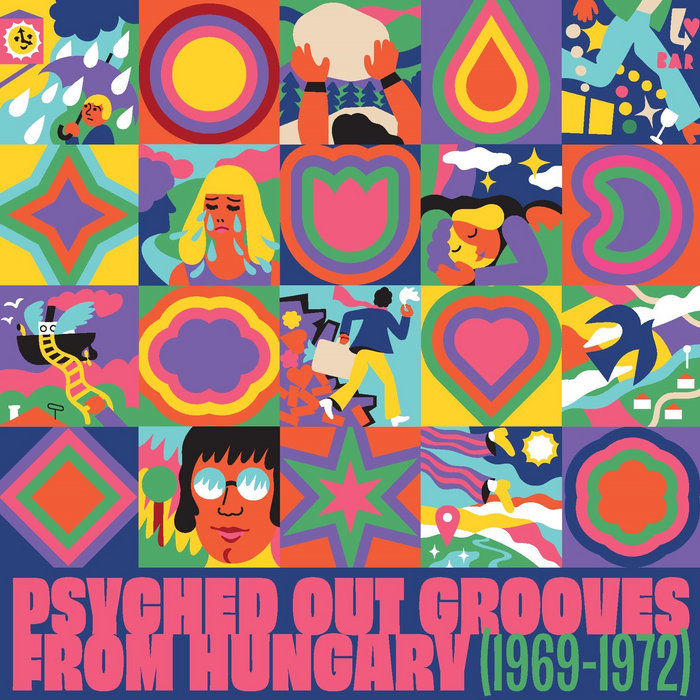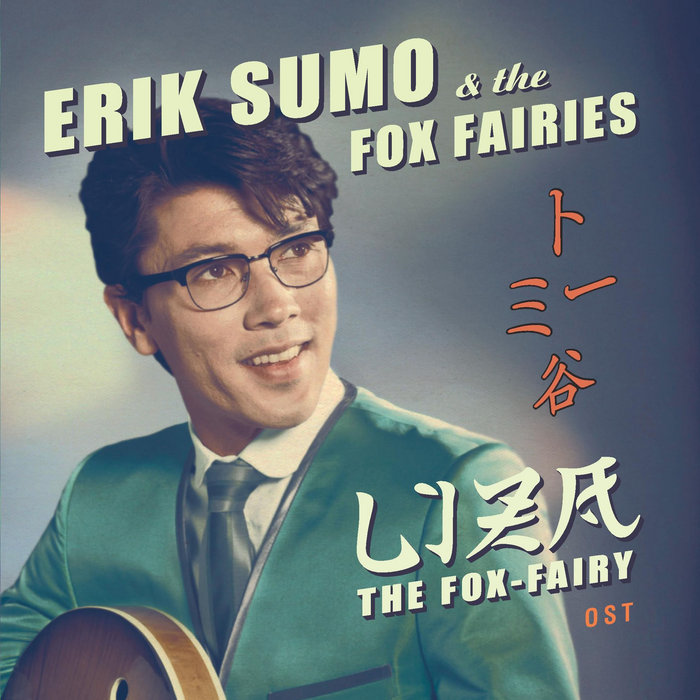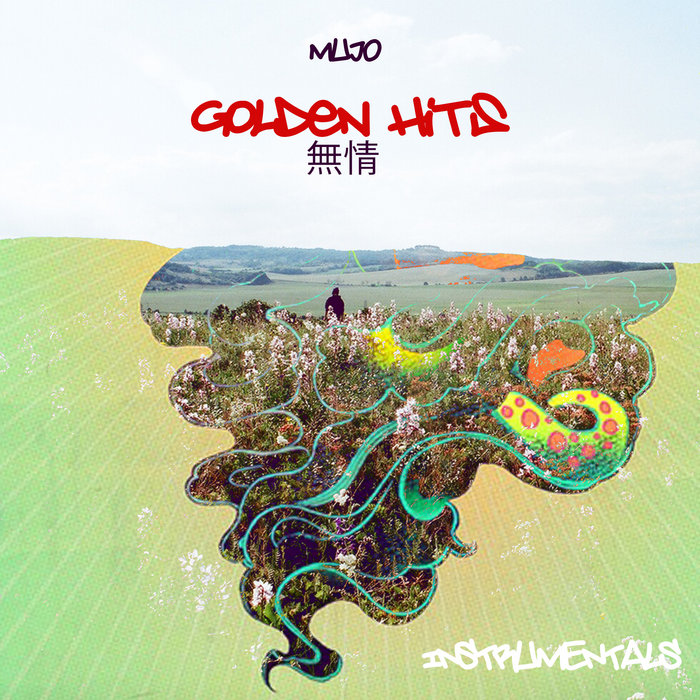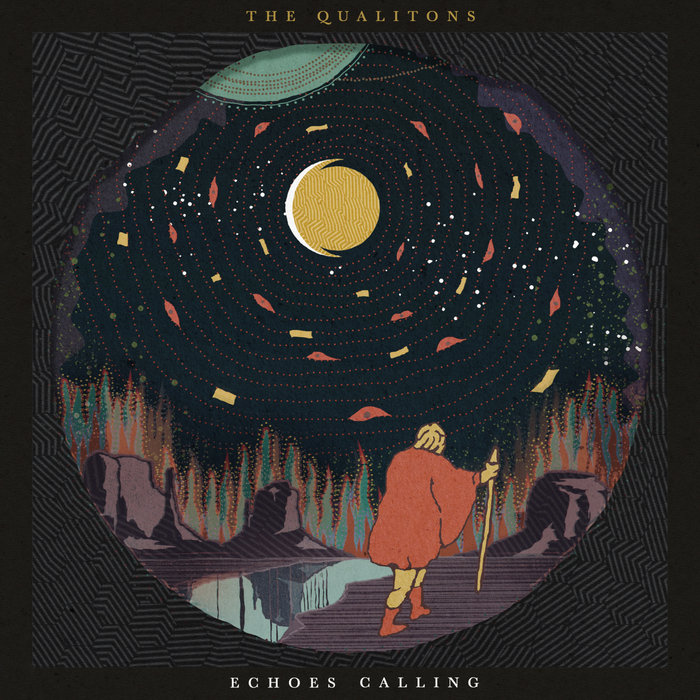
Bouncy Bao – Mujo情
this blog is GROOVY – check out great Soul, Funk, Jazz, Hip Hop, Bass, Breaks , Reggae, House n many more TUNES
Hungary, a land of rich history and colorful culture, has always had a vibrant music scene. From traditional folk tunes to modern pop hits, the beats and melodies that come from this charming country are as diverse as its landscapes. So let’s dive into the groovy world of Hungarian music!
Hungarian folk music is where it all began. Dating back centuries, these tunes were often played at weddings, festivals, and gatherings. Instruments like the cimbalom (a type of hammered dulcimer) and fiddles brought these cheerful songs to life.
One popular dance form that originated in Hungary is the csárdás – it can start slow and then pick up speed faster than you can say “pálinka”! Dancers twirl around with wild energy while musicians play lively rhythms that get everyone on their feet.
As we groove through time, we hit the classical era. Hungary gave birth to some legendary composers:
Franz Liszt, one of the greatest pianists ever! He was such a rock star in his day that women literally threw themselves at him during concerts.
Zoltán Kodály was big on making sure kids got musical education early (way ahead of his time!). His motto? “If you want to be a good musician, start with folk songs!”
Liszt had long hair which he used as part of his showmanship—he would toss it dramatically while playing! Imagine being so talented and stylish that your hair becomes part of your act.
Fast forward to the 20th century when jazz started weaving its way into Hungarian culture. Musicians like Miklós Szavérs merged American jazz with local flavors. This fusion created something fresh – think goulash meets swing!
Today’s jazz scene in Hungary is bustling with festivals where musicians jam together – sometimes even forgetting their own songs! One year at an international festival in Budapest, two bands accidentally started performing each other’s setlists—it turned out quite hilarious!
The ’60s ushered in an era where pop music exploded onto the scene like fireworks on New Year’s Eve! Groups like Omega rocked crowds across Europe with their psychedelic vibes; they were known for mixing Hungarian rhythms with Western influences.
During one concert abroad, Omega’s lead vocalist suffered from bad allergies but still insisted on wearing sunglasses throughout their performance—even indoors! Audience members speculated if he was trying out for a secret spy role or just suffering from hay fever!
As we cruise into contemporary times, genres have diversified even more. Artists like András Kállay-Saunders, who rocketed to fame after representing Hungary at Eurovision 2014 with “Running,” showcase how far Hungarian artists can reach internationally.
Kállay-Saunders once joked about needing three different colognes for interviews because “you never know what scent will win over fans!” Talk about taking fan service seriously!
Hungary’s journey through music is characterized by an eclectic mix—from heartfelt folk ballads echoing through village squares to high-energy pop hits blasting through radio waves today. Every step along this rhythm-filled path showcases not just talent but also humor—a reminder that behind every note lies a story worth sharing.
So next time you hear those enchanting sounds coming from Hungary—remember it’s more than just tunes; it’s laughter intertwined within beats! Whether tapping toes to traditional táncház or lost in modern electro-pop bliss—it’s all about celebrating life through song—and having fun while doing it! Keep grooving!

Bouncy Bao – Mujo情

Kex – Elszállt egy hajó a szélben – V/A

Dance Dance Have A Good Time – Erik Sumo & the Fox Fairies

GOLDEN HITS – Mujo情

Echoes Calling – The Qualitons